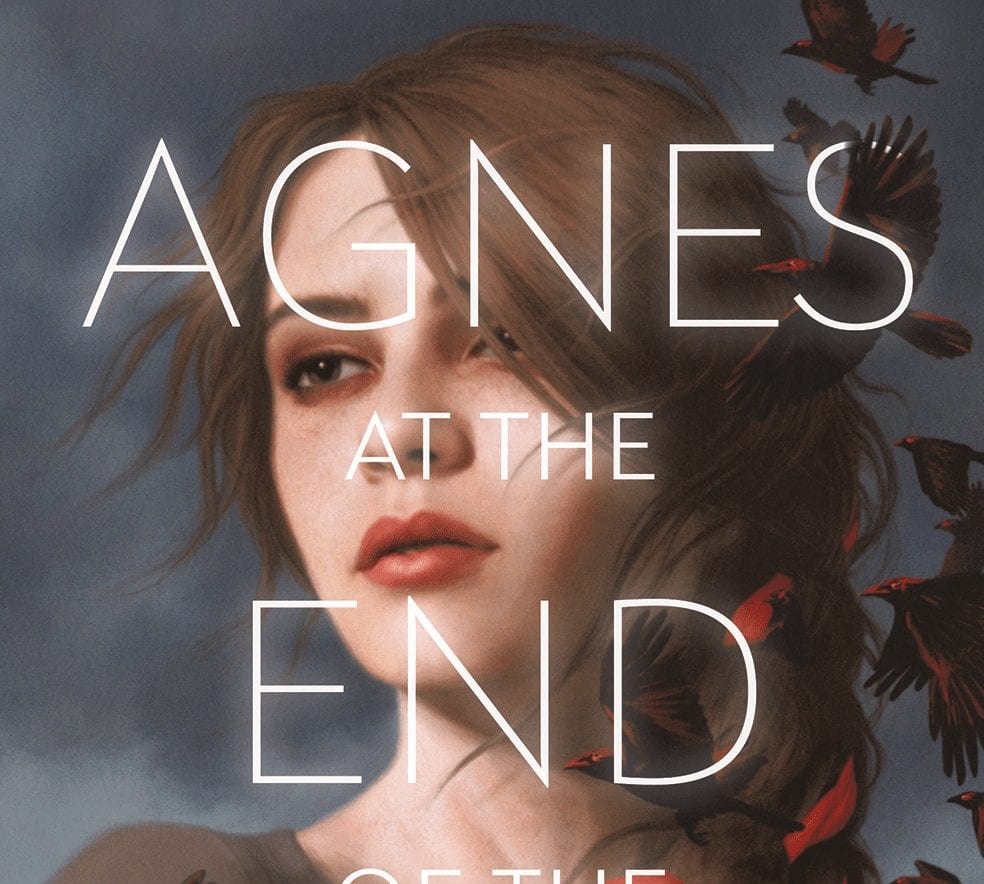Kelly McWilliams’ debut novel, Agnes at the End of the World, has a unique premise that was perfectly suited to its timely release in the lockdown of August 2020. Slotting itself into the dystopian genre, this apocalyptic novel follows two sisters who live in a fundamentalist cult.
The oldest sibling, Agnes, regularly meets with a nurse from the outside world to collect the insulin her diabetic brother needs to survive. She does this without the knowledge of her family or community, who believe that any illness is a punishment from God. At the beginning of the book, Agnes discovers through this connection that the outside world is on the brink of a pandemic. The cult’s Prophet is in denial of any such event, and comes to believe that only those who deserve it will be afflicted by this disease that leaves its victims skin hardened and red, and makes them an untamed threat to all living beings.
The novel explores different representations of health, from Ezekiel’s diabetes to the effect that the disease has upon the afflicted. Mental health is present as the reader sees Agnes and Beth’s mother struggle with what we would diagnose as depression, and conversations about spirituality and mental spaces are frequently conducted through Agnes’ perspective.
When I started reading Agnes at the End of the World I couldn’t get enough of the story. I flew through the opening chapters, and was compelled by the perspectives of Agnes and her younger sister Beth. The introduction of the cult is extremely engaging, particularly the exploration of familial relationships and traditions within the community. The cult holds all the beliefs you likely think of when you hear the phrase ‘fundamentalist cult’, so discussions about gender and hierarchy take place.
However, as the book progressed my interest began to dwindle. Inconsistencies in the girls’ chapters began to grate on me, and once the reader is allowed beyond the grounds that Red Creek occupies, I felt that many things were underexplained. I usually enjoy discussions about religion, but Agnes’ experiences with what she called her ‘prayer space’ became uninteresting and repetitive.
I felt that it wasn’t necessary for both sisters to have romantic aspects to their storylines. Agnes’ love interest Daniel, who is her main companion once she walks away from the cult, is a valuable character who teaches her about the outside world and provides herself and Ezekiel with a safe space to learn about themselves. However, the equivalent tale from Beth’s perspective is lacking. Throughout the narrative I felt confident that I knew Beth and her logical, sound way of thinking, but her romantic attachment entirely depleted the interest I had in the outcome of her story.
The ending of Agnes at the End of the World is rushed. It wasn’t what I expected, which should perhaps be viewed as a positive, but the conclusion was far too neatly wrapped up for a novel that dealt with such severe themes. Before reading this I referred to it as a cult or dystopian book, but now I would describe it as having a more religious focus – a little disappointing after so many comparisons to Rory Power’s Wilder Girls! Ultimately, Agnes at the End of the World is a YA novel with a reasonable plot and engaging writing. I’d be interested in reading more from this author, but I think in this circumstance I would have preferred a darker, adult version of this story.
Words by Ellie Robson
Want more Books content from The Indiependent? Click here
